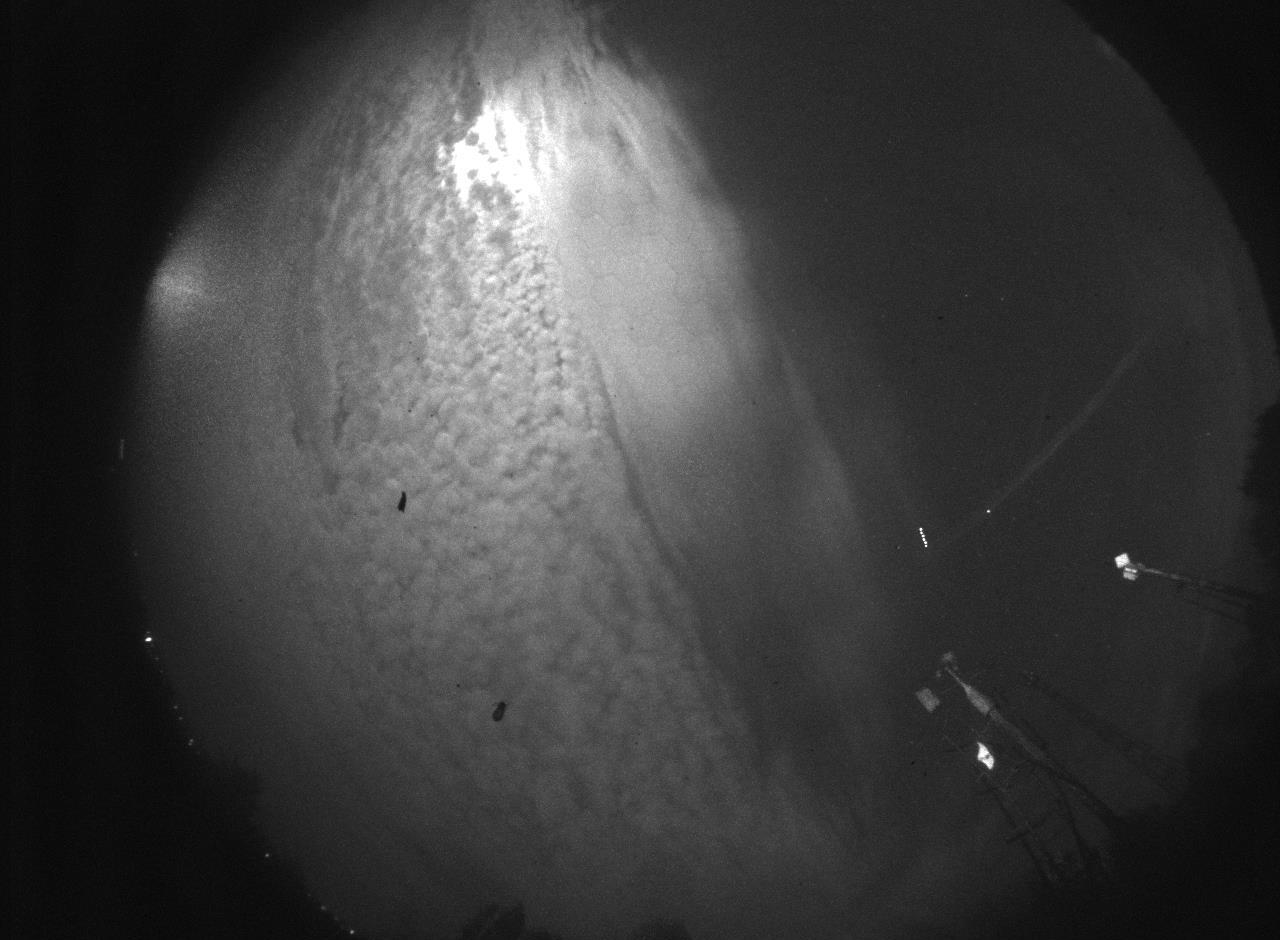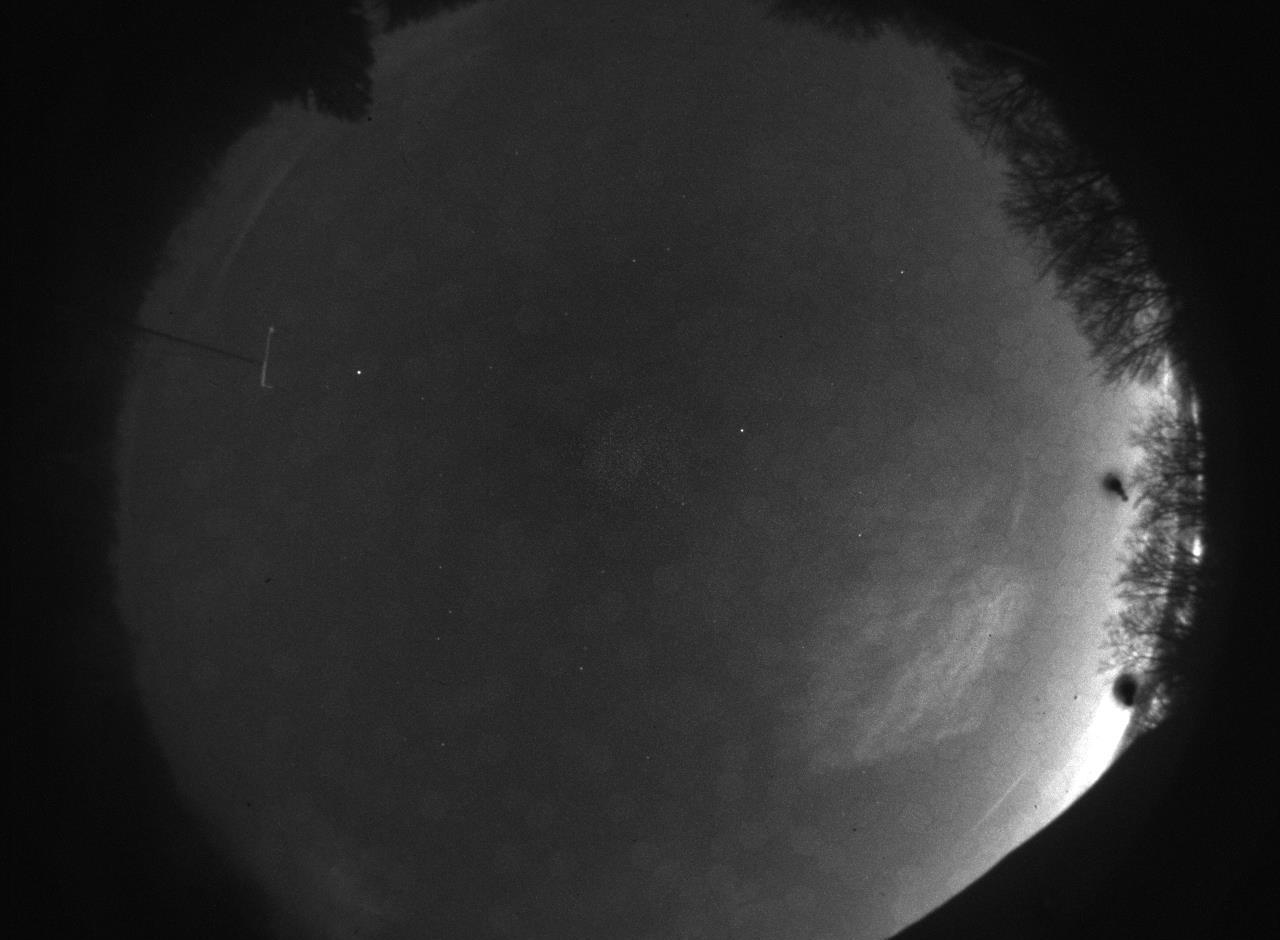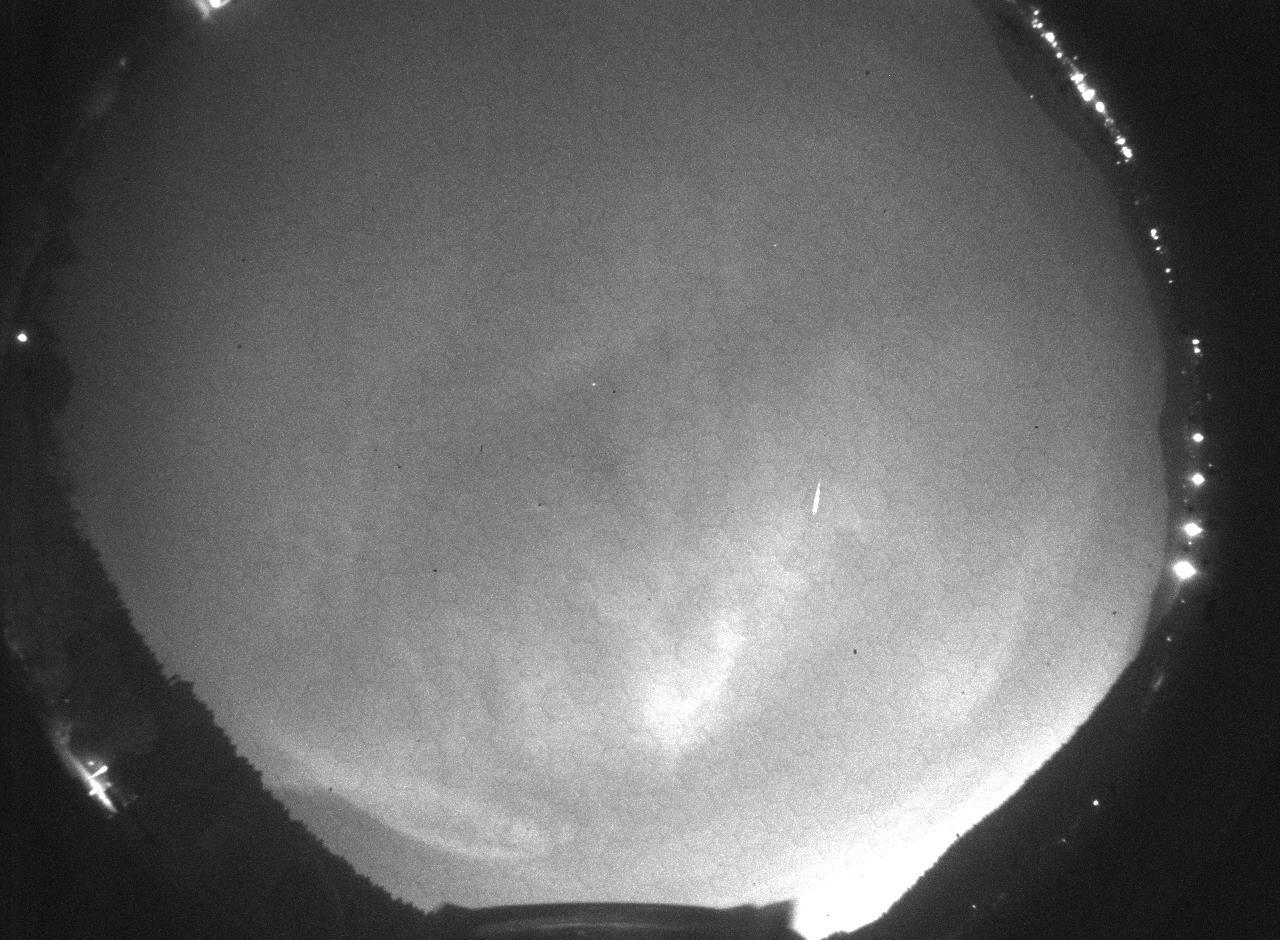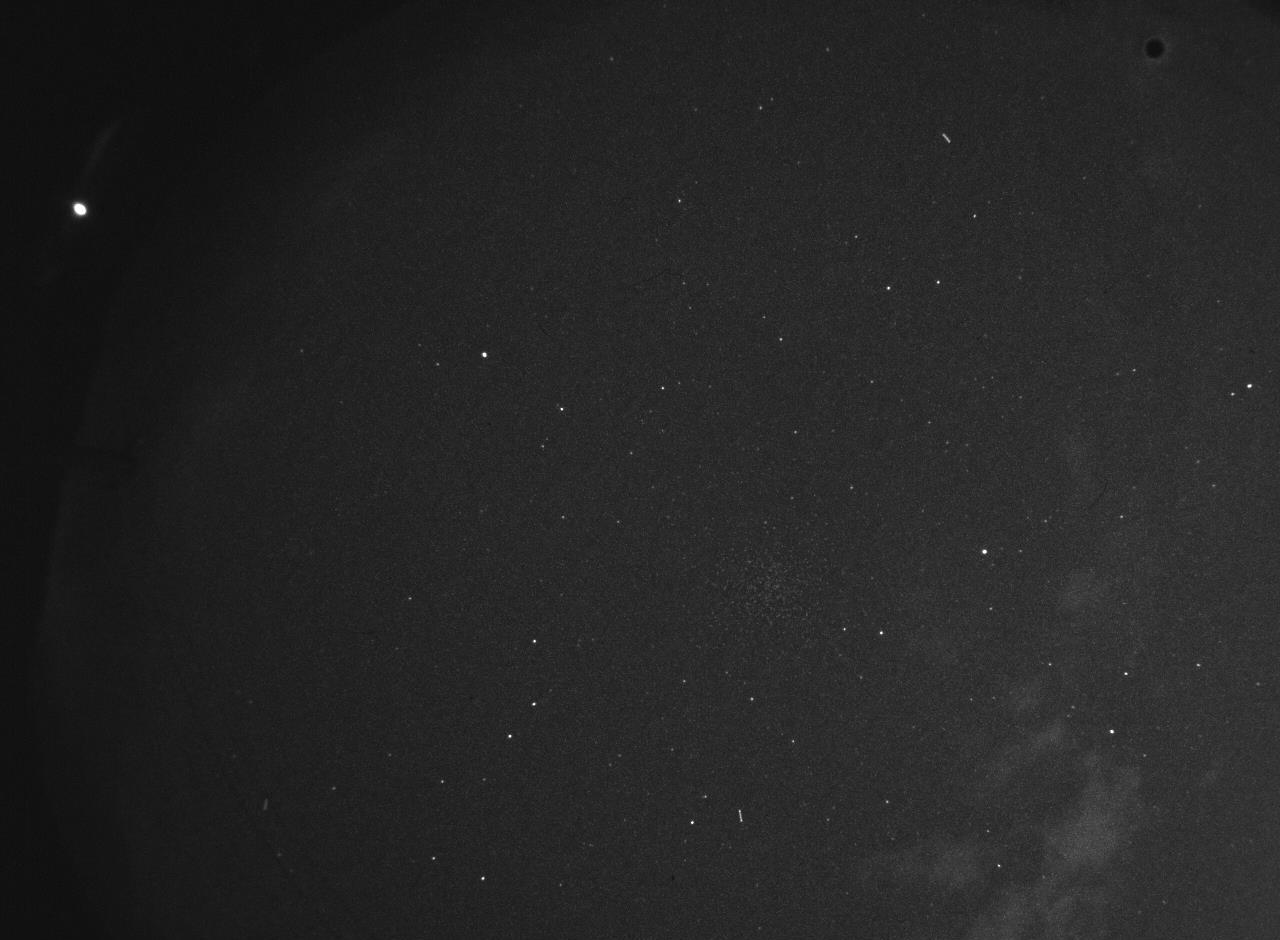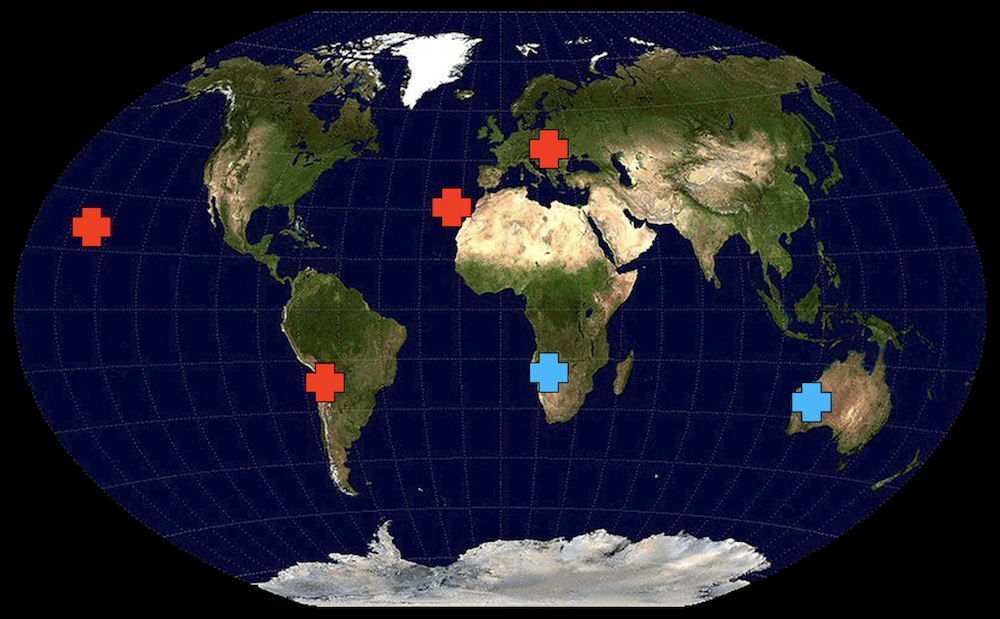
Date/Time:
AMOS is a project developed at Comenius University in Bratislava, Slovakia and currently consists of stations in Slovakia (4), Canary Islands (2), Chile (2) and Hawaii (2). AMOS consists of an all-sky video meteor camera that is able to detect meteors brighter than 5th magnitude. Meteoroid is a tiny particle, typically only few millimeters in diameter. If the same meteor is detected by two stations, the separation between the stations allows to use trigonometry because the meteor appears in fromn of the different sky background. Meteors typically "burn" about 80-120 km above the Earth's surface and therefore, ideal distance between two (or more) stations is around around 100 km. Detected meteor with its derived geocentric velocity and trajectory in the atmosphere is used for computation of its heliocentric orbit. Therefore, we can derive if the meteor belongs to any given shower or to a sporadic background. We also derive beginning and end height of the meteor trail, its deceleration, which leads to information about the strength of the meteoroid particle. If large meteoroid survives the atmospheric entry and lands as a meteorite, detection with two and more cameras helps to determin its strewn field. Current meteor science focuses on improved orbit determination and accuracy of detected meteors, search of new meteor showers or unexpected outburst, orbital dynamics and origin of meteors, serach for parent bodies of meteors and meteoroid flux onto Earth. Flux of meteoroids is important for space agencies and organizations operating satellites around the Earth. AMOS is also able to detect other moving sources on the sky, such as satellites, planes and ligthning strikes. Dr. Veres has been at the beginning of the AMOS development in 2006-2011 and still collaborates with his former colleagues at the Comenius University. PI of the project is Dr. Juraj Toth.
This work would not be possible without partners that allowed us to use their premises and local support:

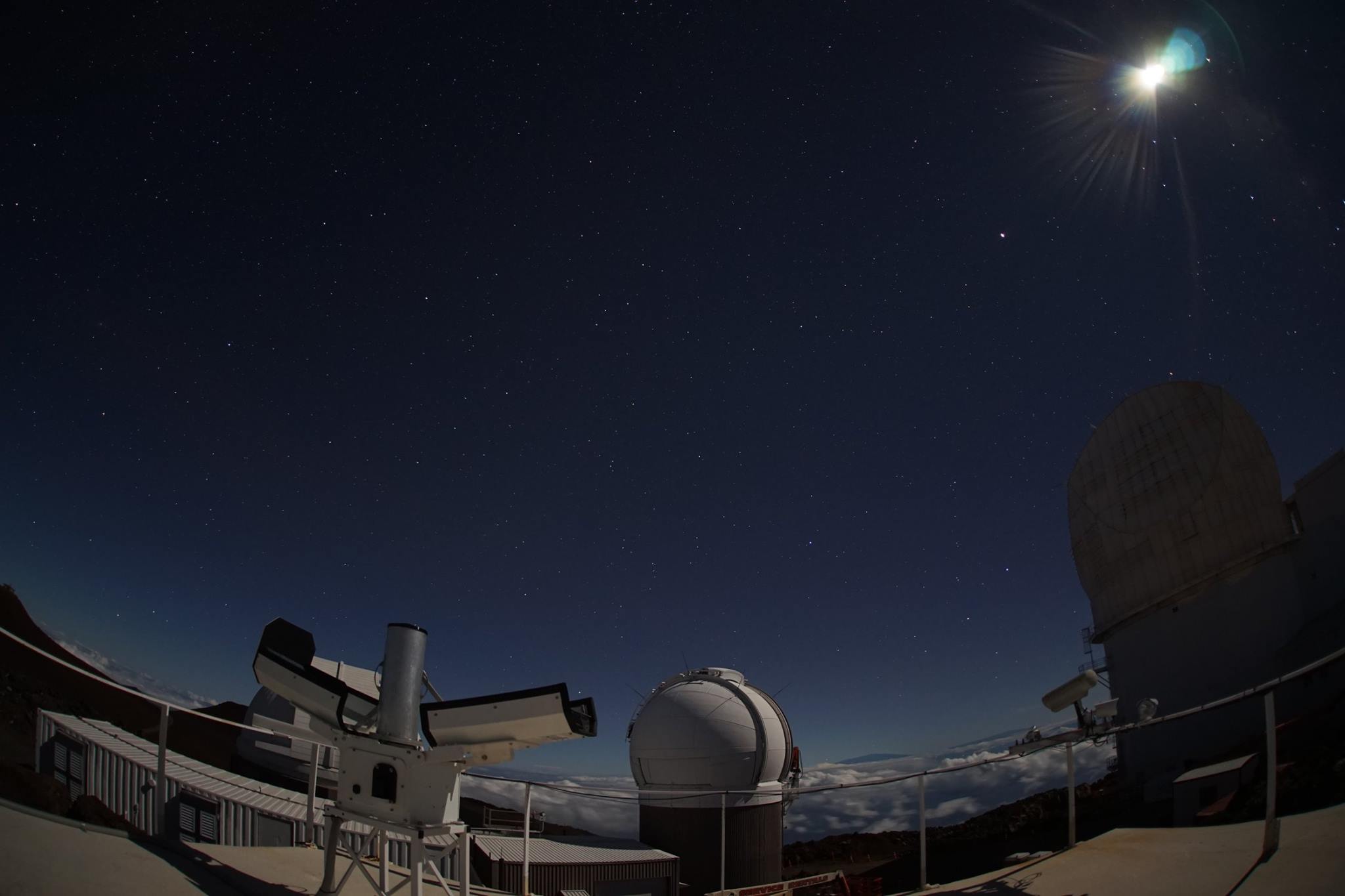
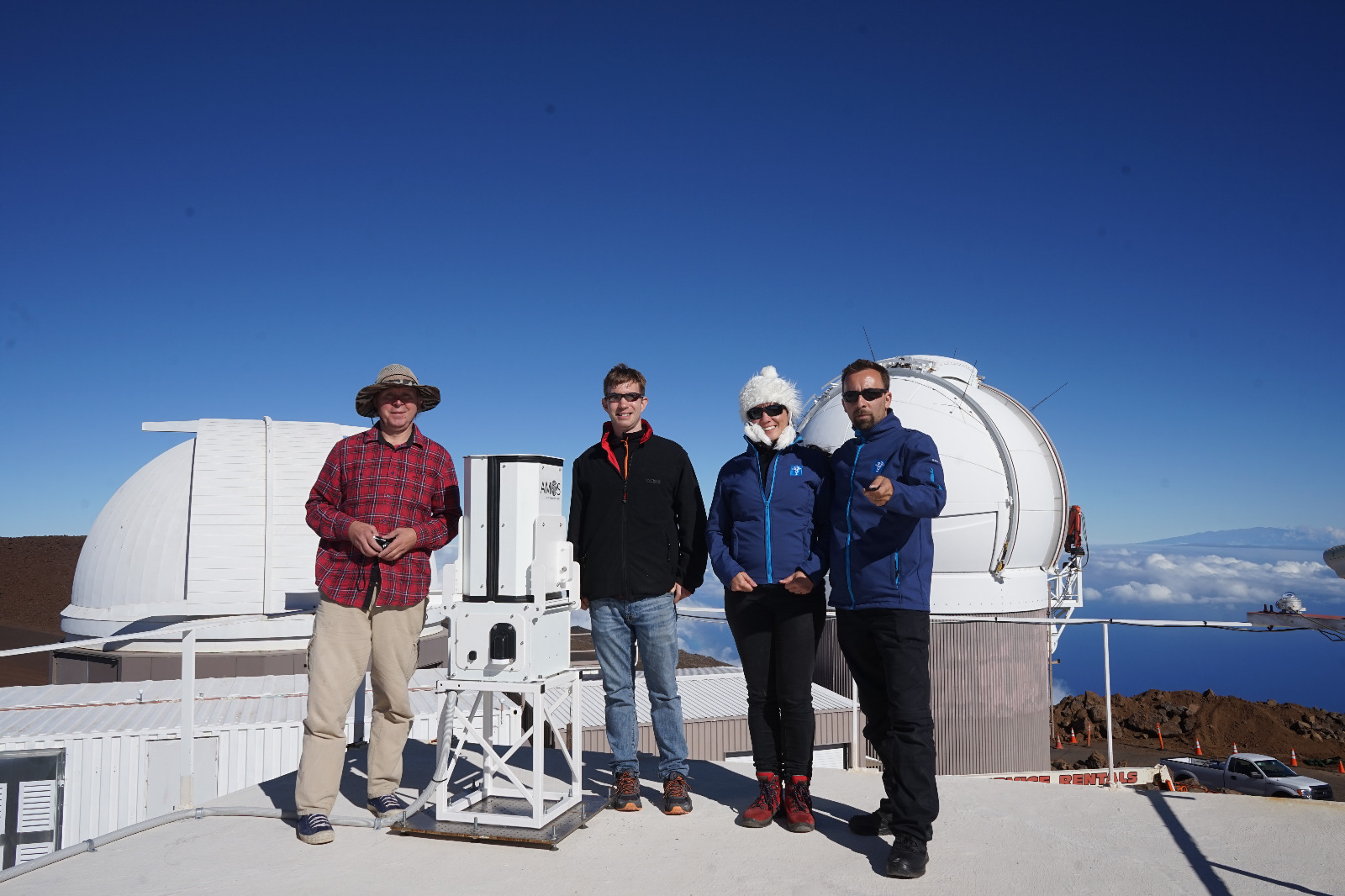
Hawaii - Mauna Kea and Haleakala
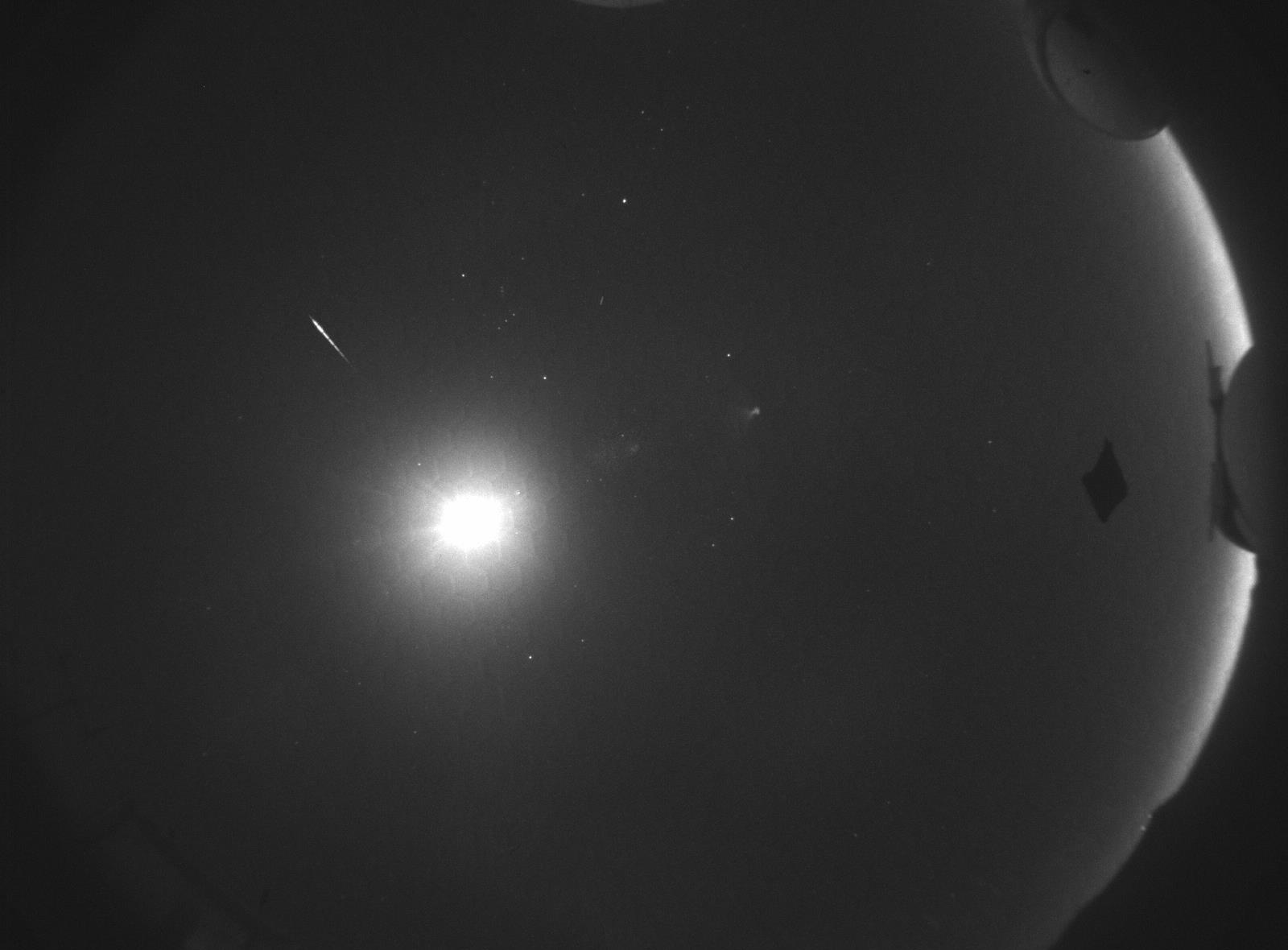
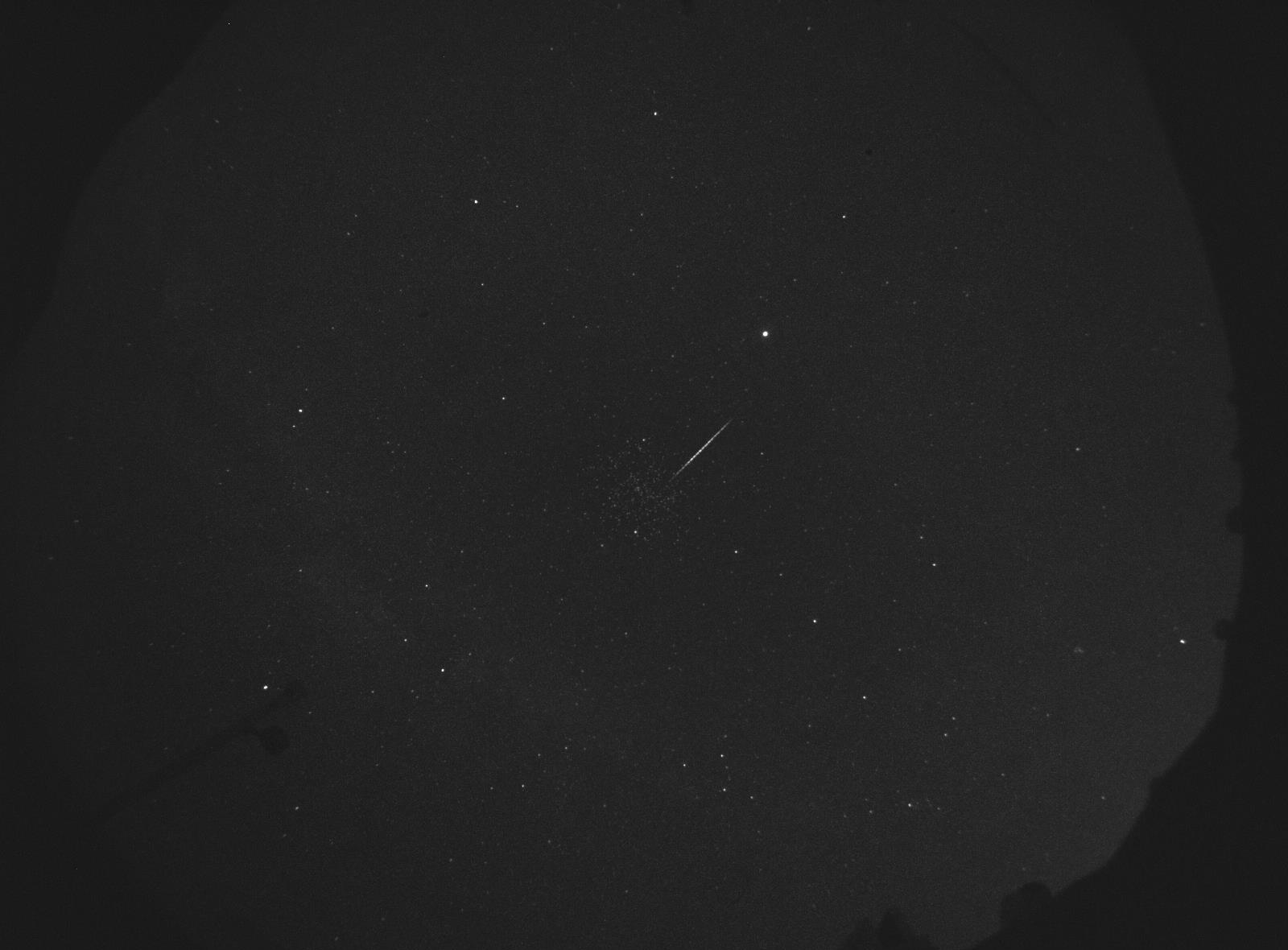
Canary Islands - Tenerife and La Palma
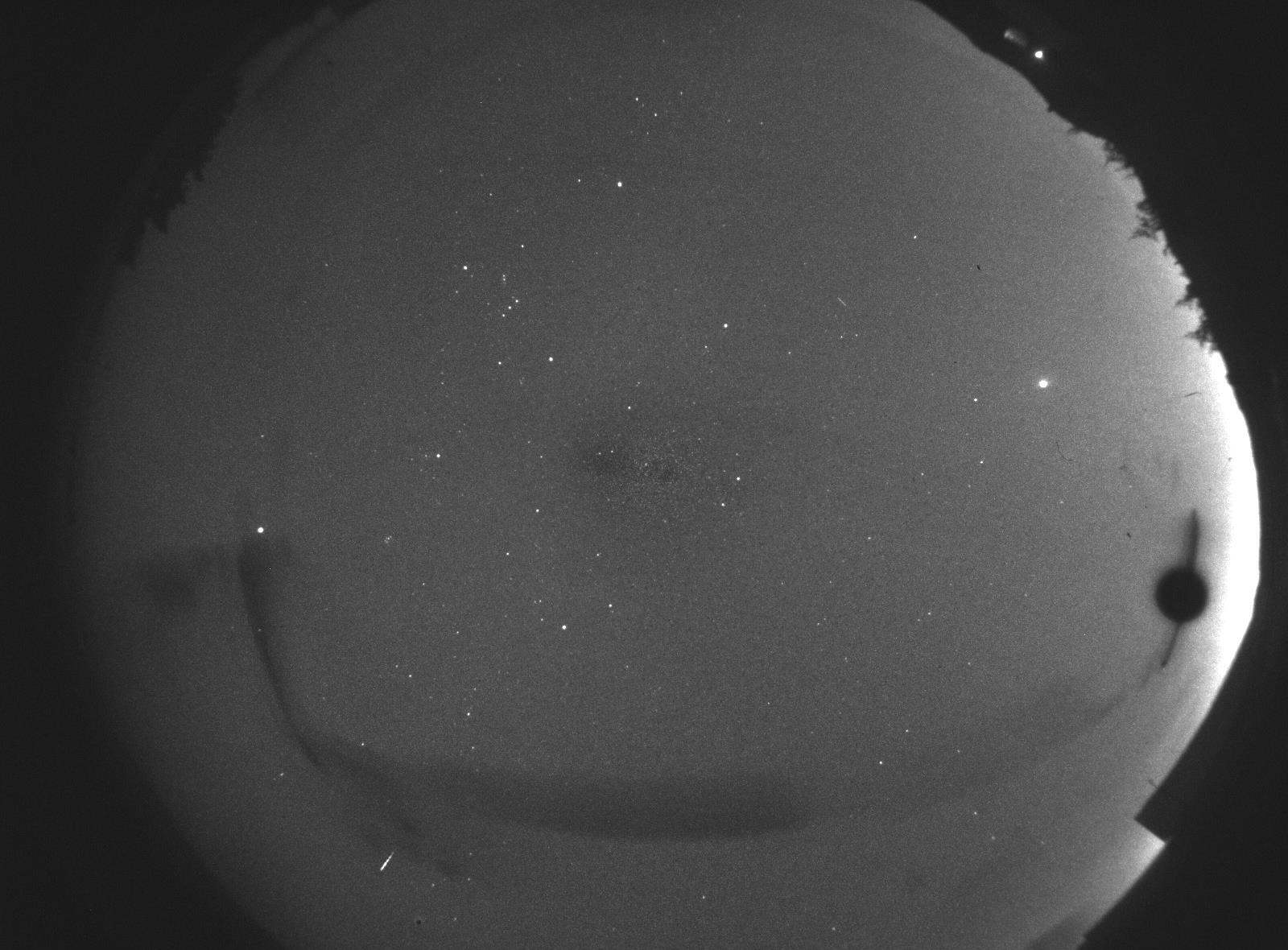

Chile - Paniri Cau and San Pedro de Atacama


Slovakia - Modra, Tesarske Mlynany, Vazec, Kysucke Nove Mesto
